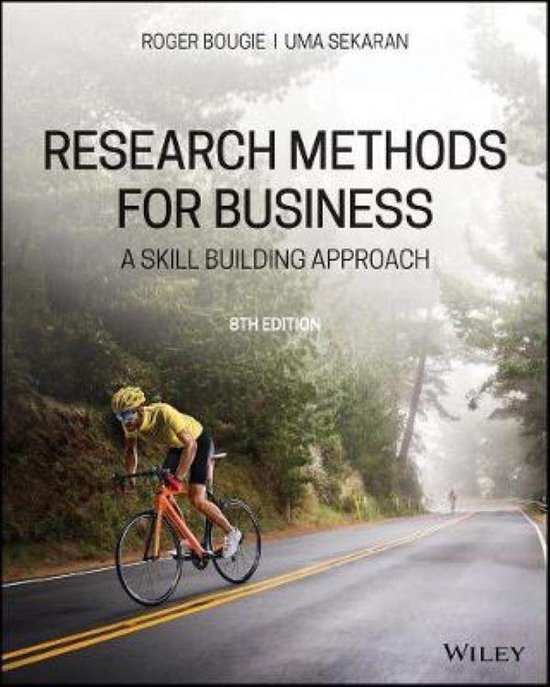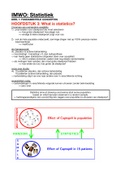Resume
MOT2312: Research Methods, Full Summary of Videos + Book Sekaran & Bougie + Jackson
- Cours
- Établissement
- Book
MOT2312: Research Methods Full Summary of Videos, Lectures + Book Sekaran & Bougie + Jackson the required chapters for the exam. Written studyyear 2021/2022
[Montrer plus]





